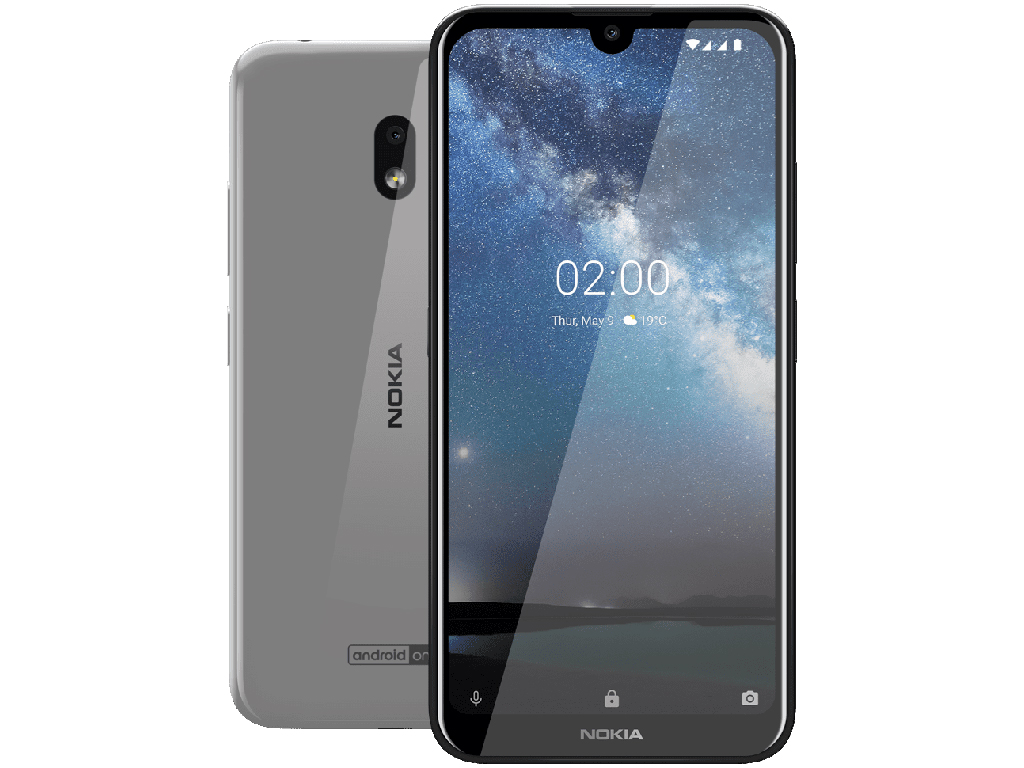May 04, 2020 Back to the MacBook Pro, Apple offers the 13-inch MacBook Pro (2020) with 256GB, 512GB, 1TB, 2TB, and 4TB, where the 16-inch model comes with 512GB, 1TB, 2TB, 4TB, or 8TB. I don't believe 256GB is nearly enough for most users and that minimal amount of storage should be avoided. Jan 26, 2014 In the case of a Macbook Air or Macbook Pro Retina with ‘limited' storage on the SSD, this distinction becomes more important in that in an ever rapidly increasing file-size world, you keep vital large media files, pics, video, PDF collections, music off your SSD and archived on external storage, for sake of the necessary room for your. MacBook Pro (Retina, 13-inch, Late 2012 - 2015). LaCie 1TB Rugged SSD Pro External Drive with Thunderbolt 3 - Previous Gallery Image. G-Technology 1TB G-DRIVE.
Apple store assistance mac. expensive, and bad working premise, NO notebook is a dumping ground for tons of static data you arent using 'often'
Apple Certified iPhone Flash Drive 256GB for New iPad Pro Android USB C Photo Stick for iPhone 11 Pro SE/6/7/8 Plus XR X XS MAX ipad Air/Mini,ipad pro External Storage for iOS 13,MacBook,IDISKK 4.3 out of 5 stars 141.
You need to change the premise of your SSD use. 😊

see here:

see here:
Solid State Drive usage premise, or the 'more space / upgrade SSD' question
There have been questions posed and positions taken by many people who are trying to use their Macbook Air or Pro's solid state drive (SSD) as a mass media storage device, for either pictures, videos, massive music collections or all three combined; but this should not be the working premise of a ‘limited' SSD and its use.
In which, it's the case of those users with either 128GB, 256GB, or even 512GB of internal SSD space, that have or are running 'out of space', that questions are raised. The immediate premise of some users can sometimes be '(how to / if) upgrading my SSD' when in fact in nearly all instances another approach is the logical and sensible one that needs to be looked into and exercised.
Any Macbook containing a SSD should be idealized as a ‘working platform' notebook containing all your applications, documents, and weekly or bi-weekly necessary files. All collections of media files such as pictures, music, and videos, unless directly needed should be kept off the notebook and on an external hard drive or likewise. While the ‘working platform' premise is also the case with larger internal conventional hard drives of 1TB+, its implementation isn't as critical except in terms of data protection.
Realistically, you should at most coordinate roughly 20 to 25% of your total SSD space to all audio-video personal use media (picture / music / video collections), leaving the remaining amount on an external HD.
Nobody should consider any notebook a data storage device at any time under any circumstance, rather a data creation, sending, and manipulation device; and in the case of a SSD, this is more important for purposes of having sufficient working space on the SSD and reducing SSD ‘bloat' in which cases someone is wrongly attempting to use the SSD space as a large media storage nexus.
The rare exception to the collective usage and premise of SSD use in which a much larger SSD is truly needed are for those in video and photography professions that require both the extremely fast speeds of the SSD and the onboard storage for large and or many video and photography files. However this also falls under the premise of a ‘working platform' for such peoples rather than the intent of many who are using the SSD as passive and static data storage for media files very infrequently needed or accessed.
All on-notebook data collections should be logically approached as to necessity, and evaluated as to whether it is active or passive data that likely doesn't need to be on the notebook, allocations of space-percentages to as-needed work and use, apportioning space for your entertainment media, and questioning whether it should it be on the notebook for more than short-term consumption.
Considerations should be made in the mind of any user in differentiating the necessary system data (System hub) comprising the Mac OSX, applications, necessary documents that both must and should be on your internal SSD, and that of the users personal data (Data hub) comprising created files, pictures, music, videos, PDF files, data created or being created and otherwise, that likely unless being used soon or often should be parked on an external hard drive for consumption, or temporarily loading onto the internal SSD.
You both can and should purchase whichever SSD size you need or see fit, but even in the case of the largest of SSD, unless use-considerations are made, and SSD spaces are allocated as should be the case indicated above, one can easily and immediately run into this quandary of 'needing more internal SSD space', in which instance a different approach in usage must then be implemented.
However it is almost always the case, that such large media files are wanted to be stored internally rather than actually needed, in which case the external HD is both prudent as well as necessary. Additionally costs per MB are infinitely less on an external HD than an internal SSD in any consideration of data expansion needs.
A Professional Example
In the case of a Macbook Air or Macbook Pro Retina with ‘limited' storage on the SSD, this distinction becomes more important in that in an ever rapidly increasing file-size world, you keep vital large media files, pics, video, PDF collections, music off your SSD and archived on external storage, for sake of the necessary room for your system to have free space to operate, store future applications and general workspace.
➕You should also never be put in the position of considering 'deleting things' on your Macbook SSD in order to ‘make space'. This is especially what your external HD is for.
Professionals who create and import very large amounts of data have almost no change in the available space on their notebooks internal SSD because they are constantly archiving data to arrays of external or networked HD.
Or in the case of the consumer this means you keep folders for large imported or created data and you ritually offload and archive this data for safekeeping, not only to safeguard the data in case your Macbook has a SSD crash, or gets stolen, but importantly in keeping the ‘breathing room' open for your notebook to operate, expand, create files, add applications, for your APPS to create temp files, and for general operation.
Buy External Flash
External Flash Sony
Slim USB3 1TB external hard drive
External Hard Drives
External hard drives are both extremely cheap and regardless of the size of your internal SSD (or even internal hard drive if the case), you need an external hard drive with your SSD equipped Macbook for several reasons:
1. Data backup and protection.
2. Redundancy for important data.
3. Necessitated ideal space for large media files for collections of pictures, videos, and music etc.
While ever changing in price, typical portable 2.5' external hard drives in USB3 run roughly $65 for 1TB or $120 for 2TB small portable USB3 hard drives. Such drives range in thickness between 5mm and 15mm, with recent improvements in storage of 500GB drives in 5mm profiles.
There is almost no premise in which a small 12mm thick 1 Terabyte USB hard drive cannot be taken along with any Macbook as an external large storage extension inside any Macbook carry case or pouch. Typically such external HD profiles are not much bigger than a deck of cards.
External hard drives are a foregone necessity for purchase with any Macbook for at the very least Time Machine backups, data redundancies, and ideally for large media storage.
